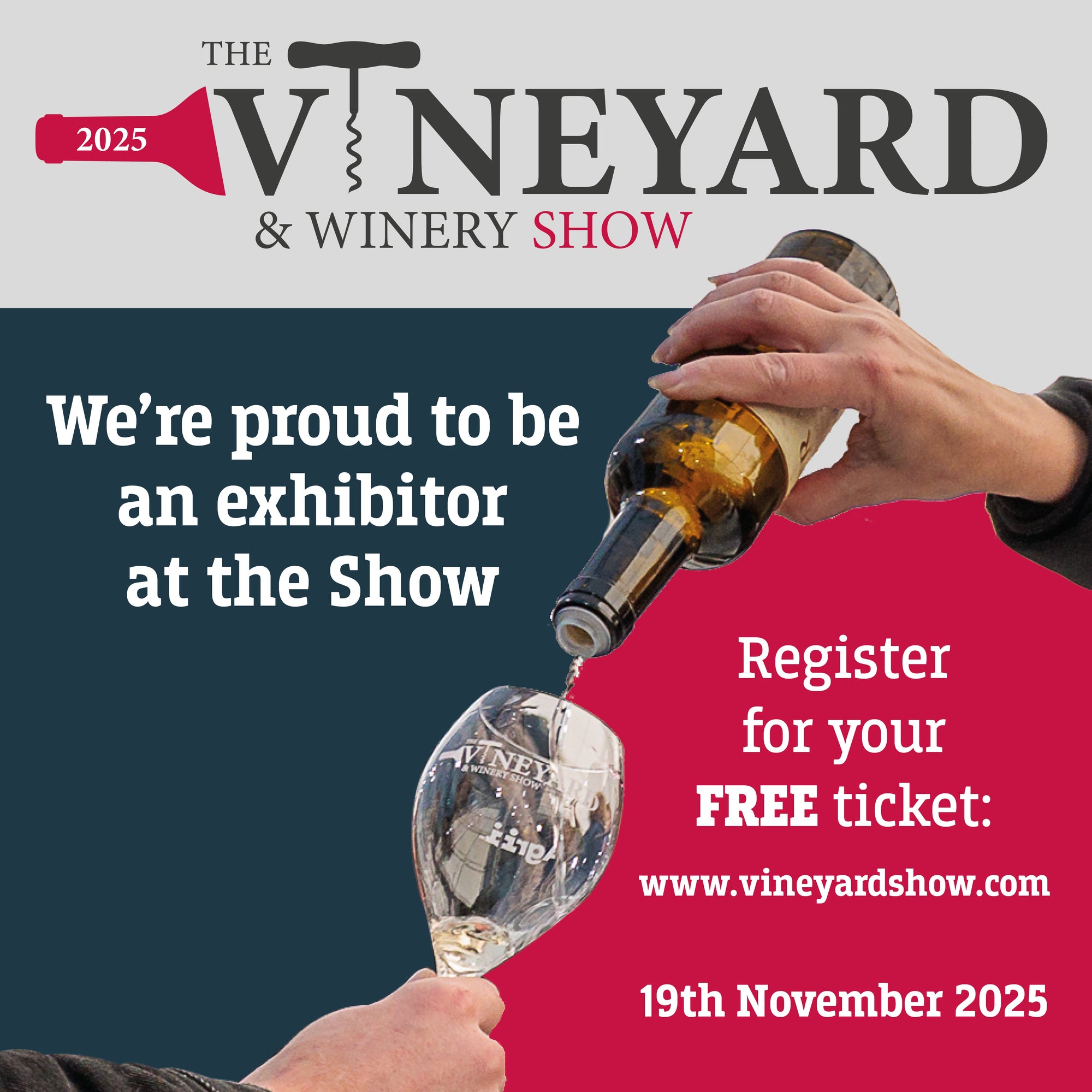The easiest way to understand your foliage is to consider it as your vine’s ‘factory’. In the factory, the green tissue works hard to photosynthesise, ripening the fruit and keeping the plant alive and healthy. The aim of canopy management is to ensure the factory operates at optimum efficiency and provides the vine with an uniform and homogenous canopy.
Bud-rubbing and Shoot Selection
As the vine begins its new growth cycle, you will need to remove unwanted shoots from the trunk. Bud-rubbing is best done by hand to guarantee a thorough pass. Shoot selection, (aka crown clearing) is your next task. The shoots should be thinned and spread out so every bunch of grapes has its own space to grow and ripen. The positioning is more important than the individual shoot’s strength.
A strong shoot does not necessarily give you a strong bunch of grapes and you want to ensure the right shoots are left behind for pruning next year. Thinning out the shoots also promotes an aerated canopy, decreasing humidity and preventing disease.
Tucking in and Wire Lifting
Tucking in is a simple, but crucial process: simply lift up all the shoots and catch them between the foliage wires to create a hedge shape. The fruit will grow around the 4th and 5th buds so when you raise your first wire, lift it above the fruiting zone. Tuck in and lift as necessary throughout the season.
Trimming
The timing and severity of trimming will impact how the vines react. There are two options to consider: ‘tipping’ or ‘topping’. Tipping is the removal of just the growth tips which will stimulate more vigour whilst topping is the removal of approximately 30-50cm with the aim of reining in vigour. Which option you choose depends on the vineyard/block and you may do a mixture of both. Typically, you should expect to do 2-3 trims a year.
Each bunch of grapes requires at least 10 mature producing leaves to ripen so don’t automatically trim to the post as this may not be the best height! However, if the canopy is too high it can cause overshadowing on the next row. Your trellising should be designed in a way that accounts for row width, spacing, height of canopy etc. Vine-Works Ltd’s trellising is designed to promote the optimum canopy size for English viticulture.
Leaf Stripping
Why would you want to remove the vine’s ‘factories’? It may seem counter-intuitive at first, but a leaf takes a month before it helps provide. It uses energy until it produces it. A leaf will only produce energy for approximately three months and then simply creates shade and humidity on your fruit. The oldest leaves tend to be in the way of the fruit and become redundant. Removing them promotes aeration on the fruit, increases exposure to sun, (which in turn aids ripening) and helps spray penetration. Depending on your row orientation, you should leaf strip the east side first as the morning sun will dry the dew off the fruit.
As with everything, there are mechanical methods available, but experienced workers are much better than machines. Trained hands are selective and careful, treating each vine individually in order to achieve balance. Good workers who know what they’re doing will follow your clear instructions and help you obtain the best results all season.




